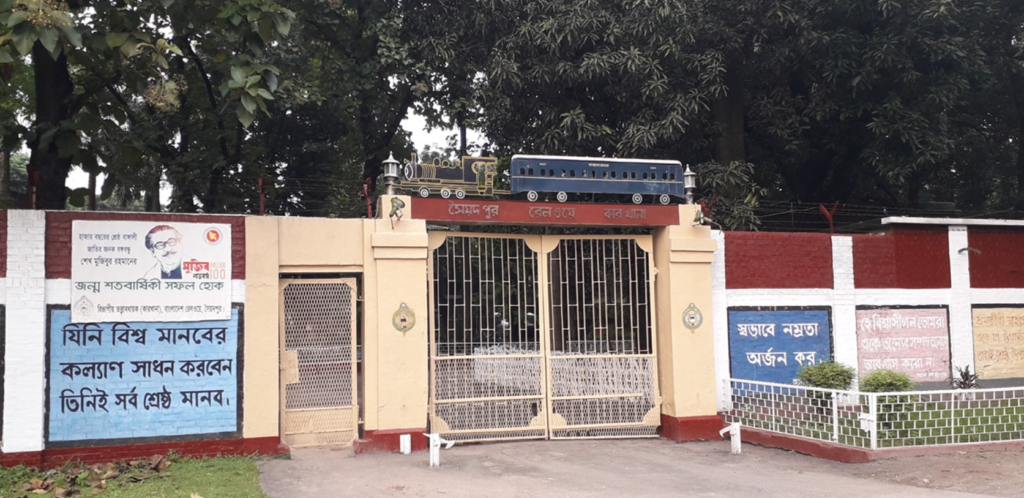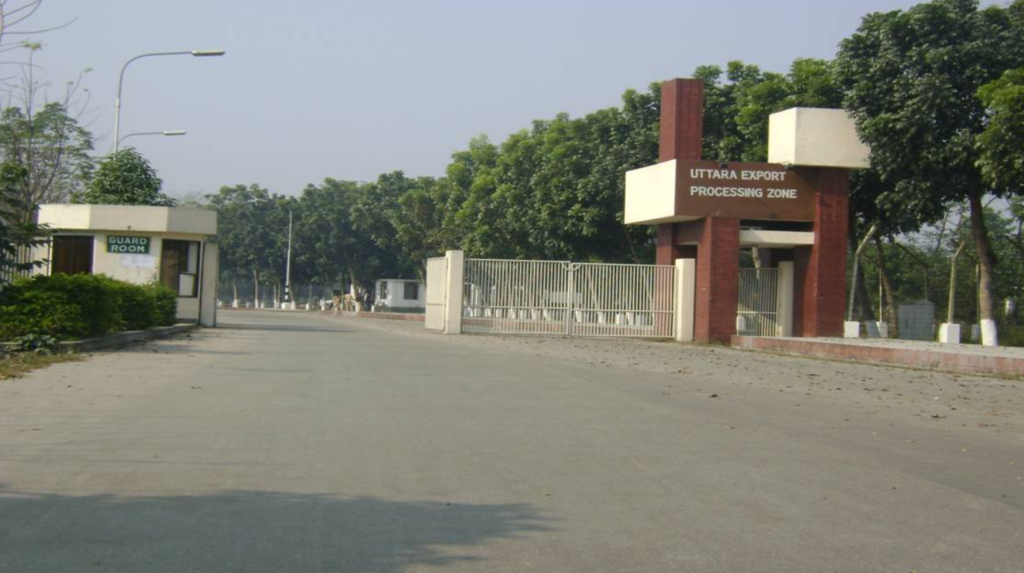Nestled in the northern region of Bangladesh, Nilphamari is a district that exemplifies the harmony of tradition and modernity. Known for its serene landscapes, vibrant cultural heritage, and historical significance, Nilphamari is a must-visit destination for those seeking to explore the authentic essence of Bangladesh. From its agricultural prowess to industrial advancements, this district offers a multifaceted view of the nation’s past, present, and future.
Geography and Natural Beauty
Nilphamari is located in the Rangpur Division and covers an area of approximately 1,547 square kilometers. It shares borders with Rangpur, Lalmonirhat, and Dinajpur districts. The district’s terrain is primarily flat, with rivers like the Teesta, Buriteesta, and Charalkata crisscrossing its fertile plains. These rivers not only provide a lifeline for agriculture but also enhance the district’s scenic charm. The district experiences a temperate climate, making it an ideal destination throughout the year.
Administrative Structure
Nilphamari is divided into six upazilas, each with its unique identity and contributions:
- Nilphamari Sadar: The administrative and cultural hub, known for its vibrant local markets and cultural festivals.
- Saidpur: A historically significant town with one of the largest railway workshops in South Asia, established during British colonial rule.
- Domar: A serene upazila characterized by lush greenery, water bodies, and traditional rural life.
- Dimla: Home to parts of the Teesta Barrage and a center for agricultural activities.
- Jaldhaka: Known for its picturesque rural landscape and traditional lifestyle.
- Kishoreganj: A peaceful upazila with a strong agricultural base and charming villages.
Historical Significance
Nilphamari has a rich historical legacy that reflects its importance in various periods of Bengal’s history. During British colonial rule, the region became a center for trade and railway development. The Saidpur Railway Workshop, established in 1870, stands as a testament to its industrial heritage. The district also played a significant role during the Liberation War of 1971, with its people contributing bravely to the nation’s freedom struggle.
Major Attractions
Nilphamari boasts several attractions that reflect its natural beauty, historical significance, and cultural vibrancy:
1. Teesta Barrage
One of the largest irrigation projects in Bangladesh, the Teesta Barrage is a marvel of engineering and a popular tourist spot. Its sprawling waterways and lush surroundings make it an ideal destination for picnics and sightseeing.
2. Saidpur Railway Workshop

This historical site, established during the British era, remains one of the largest railway workshops in South Asia. Visitors can explore its rich industrial history and witness the skilled craftsmanship that keeps Bangladesh’s railways running.
3. Uttara Export Processing Zone (EPZ)

Located in Nilphamari Sadar, this EPZ symbolizes the district’s rapid industrialization and economic progress. It has become a hub for manufacturing and trade, contributing significantly to the local economy.
4. Domar Zamindar Bari
A remnant of the colonial period, this zamindar mansion in Domar upazila offers a glimpse into the aristocratic lifestyle of Bengal’s feudal lords.
5. Hazrat Maulana Keramat Ali Jilani’s Shrine
A sacred site for spiritual seekers, this shrine attracts visitors seeking peace and blessings.
6. Teesta Riverbanks
The banks of the Teesta River are ideal for relaxation, boating, and enjoying the natural beauty of the region.
Culture and Festivals
Nilphamari’s culture is a vibrant amalgamation of Bengali traditions and local customs. The district celebrates various festivals with great enthusiasm, such as:
- Pohela Boishakh (Bengali New Year): A grand celebration marked by traditional music, dance, and food.
- Durga Puja: The biggest Hindu festival, celebrated with colorful decorations and cultural events.
- Eid-ul-Fitr and Eid-ul-Adha: The Muslim community’s primary festivals, marked by communal prayers and feasting.
Traditional folk music, particularly songs inspired by the Bhawaiya genre, remains a vital part of Nilphamari’s cultural identity.
Notable Personalities
Nilphamari has produced many eminent individuals who have contributed to Bangladesh’s cultural, political, and literary landscapes:
- Begum Rokeya: Although closely associated with Rangpur, her influence extends to Nilphamari, inspiring generations with her feminist ideals.
- Haripada Dutta: A renowned Bengali writer whose works reflect the socio-political context of northern Bengal.
Economic Activities
Agriculture is the backbone of Nilphamari’s economy. The fertile plains produce crops such as rice, wheat, jute, and potatoes. The district is also known for its dairy products and fish farming.
Industrial growth is evident with the presence of the Uttara EPZ and Saidpur’s manufacturing units. The textile and garment industries have become major contributors to the local economy, providing employment to thousands.
Educational Institutions
Nilphamari is home to several reputable educational institutions, including:
- Nilphamari Government College
- Saidpur Cantonment Public School and College
- Saidpur Government Technical School and College
These institutions play a crucial role in shaping the district’s intellectual and professional landscape.
How to Reach Nilphamari
Nilphamari is well-connected by road, rail, and air:
- By Train: Regular train services connect Nilphamari with Dhaka, Rangpur, and other major cities.
- By Road: Comfortable bus services operate from Dhaka and neighboring districts.
- By Air: Saidpur Airport, located within Nilphamari, offers domestic flights to and from Dhaka.
Conclusion
Nilphamari is more than just a district; it is a testament to the resilience and progress of its people. From its lush landscapes and historical landmarks to its cultural richness and economic advancements, Nilphamari offers a unique glimpse into the heart of northern Bangladesh. Whether you’re a history enthusiast, a nature lover, or a cultural explorer, Nilphamari promises an unforgettable experience.




